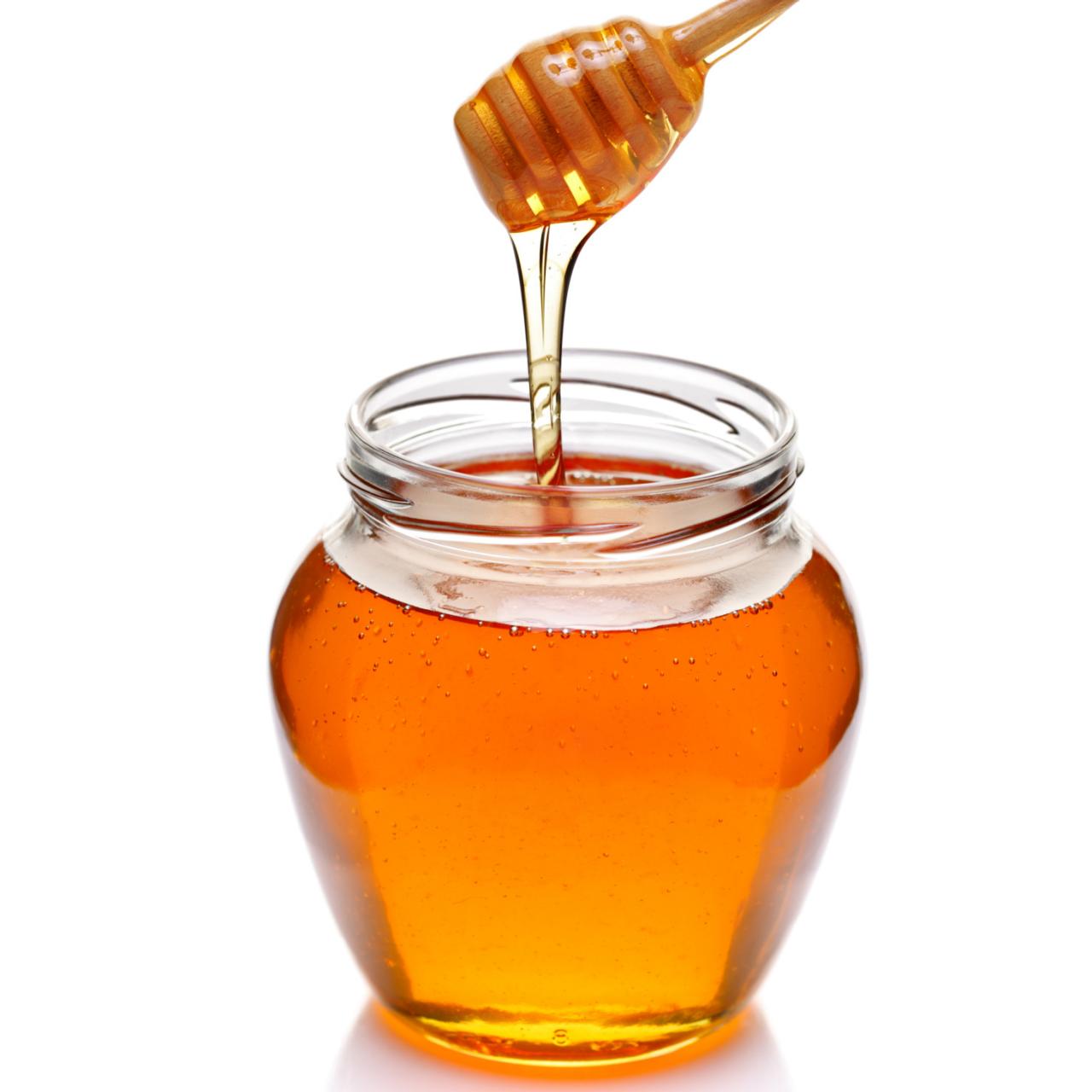

Articles
How To Store Honey After Opening
Modified: December 7, 2023
Learn the best methods for storing honey after opening in this informative article. Keep your honey fresh and flavorful for longer with these simple tips.
(Many of the links in this article redirect to a specific reviewed product. Your purchase of these products through affiliate links helps to generate commission for Storables.com, at no extra cost. Learn more)
Introduction
When it comes to honey, proper storage is crucial to ensure its quality and longevity. Honey is a natural sweetener that has been used for centuries, prized for its unique flavor and numerous health benefits. Whether you are a honey enthusiast or simply enjoy adding a touch of sweetness to your tea or recipes, knowing how to store honey after opening is essential to maintain its freshness and prevent spoilage.
Improper storage can lead to changes in the texture, flavor, and overall quality of the honey. Plus, exposure to elements like moisture, light, and heat can accelerate the process of crystallization, making the honey harder and less enjoyable to consume. To preserve the goodness of your honey, it is important to follow some simple guidelines and choose the right storage method.
In this article, we will explore the importance of proper honey storage and provide you with practical tips to ensure your honey remains delicious and fresh for a longer time.
Key Takeaways:
- Proper honey storage preserves flavor, prevents crystallization, extends shelf life, maintains nutritional value, and prevents spoilage. Choose the right container, keep it cool and dark, and check for spoilage signs to ensure honey freshness.
- Utilize honey pots or dispensers for convenient and elegant storage. Store honey in a cool, dark place, avoid moisture, and regularly check for spoilage signs to enjoy its delightful taste and health benefits.
Read more: How To Store Raw Honey After Opening
Why Proper Honey Storage is Important
Proper honey storage is vital to maintain the quality and integrity of the honey you love. Here are a few reasons why it is important:
- Preserves Flavor and Aroma: Honey is known for its diverse and complex flavors, ranging from floral and fruity to earthy and robust. By storing honey properly, you can retain its natural flavor profile and aroma, ensuring a delightful sensory experience every time you use it.
- Prevents Crystallization: Crystallization is a natural process that occurs when the glucose in honey forms into crystals, causing the honey to become thick and grainy. Proper storage helps slow down the crystallization process, keeping your honey smooth and spreadable.
- Extends Shelf Life: Honey has an impressive shelf life due to its low moisture content and antimicrobial properties. However, exposure to air, moisture, and heat can reduce its longevity. By storing honey correctly, you can extend its shelf life and enjoy its goodness for a longer period.
- Maintains Nutritional Value: Honey is not only delicious but also packed with beneficial nutrients and antioxidants. Proper storage helps preserve these valuable components, ensuring that you get the maximum nutritional benefits from your honey.
- Prevents Spoilage: When honey is exposed to external elements like moisture or contaminants, it can spoil and develop an off flavor or even mold. By storing honey properly, you can minimize the risk of spoilage and enjoy its freshness and purity.
Now that you understand why proper honey storage is important, let’s explore some practical tips on how to store honey after opening.
Tips for Storing Honey After Opening
After opening a container of honey, it is essential to store it properly to maintain its quality and prevent spoilage. Here are some tips to help you store honey effectively:
- 1. Keep the Original Container: Honey is typically sold in airtight containers that help preserve its freshness. If possible, keep the honey in its original container, ensuring that the lid is tightly sealed after each use.
- 2. Transfer to a Glass Jar: If you prefer to use a different container, transfer the honey to a clean, dry, and airtight glass jar. Glass containers are ideal for storing honey as they do not react with the honey and are less likely to absorb odors or flavors.
- 3. Use Honey Pots or Honey Dispensers: Honey pots or honey dispensers are designed specifically for storing and serving honey. These containers often come with features like a drip-free lid or a honey dipper, making it easier to portion out the desired amount of honey without creating a mess.
- 4. Store in a Cool and Dark Place: Honey is best stored in a cool and dark location to minimize exposure to heat and light. Heat can cause honey to lose its natural enzymes and antioxidant properties, while light can accelerate the process of crystallization.
- 5. Keep Away from Moisture: Moisture can promote fermentation and spoilage of honey. Therefore, store your honey in a dry environment and avoid contact with water or humid conditions.
- 6. Avoid Exposure to Direct Sunlight: Direct sunlight can cause honey to heat up and change its texture and flavor. Keep your honey away from windowsills or other areas where it may be exposed to direct sunlight.
- 7. Check for Spoilage Signs: Periodically check your honey for any signs of spoilage, such as an off smell, unusual color, or mold growth. If you notice any of these signs, it is best to discard the honey.
By following these tips, you can ensure that your honey remains fresh, delicious, and ready to be enjoyed whenever you need a touch of sweetness.
Option 1: Keep the Original Container
One of the simplest options for storing honey after opening is to keep it in its original container. Most commercially sold honey comes in airtight containers that are designed to preserve its freshness and quality.
There are several advantages to keeping honey in its original container:
- Convenience: The original container is already designed for easy pouring and dispensing, allowing you to use the honey without any additional effort or mess.
- Tight Seal: The lids on these containers are typically designed to create a tight seal, preventing moisture and air from entering and keeping the honey well-protected.
- Protection from Light: Many honey containers are made of darker materials that help shield the honey from sunlight, which can degrade its quality and flavor.
- Easy Identification: Labels on the original container often provide important information such as the type of honey, its origin, and expiration date, making it easy to identify and track the freshness of the honey.
When using the original container, make sure to tighten the lid securely after each use to maintain the freshness and prevent any external contaminants from entering. Store the container in a cool, dark place away from direct sunlight and sources of heat.
However, if the original container is damaged or does not provide a tight seal, it is important to transfer the honey to a suitable alternative to maintain its quality and prevent spoilage. We will explore other options for storing honey after opening in the following sections.
Option 2: Transfer to a Glass Jar
If you prefer to store honey in a different container than the original packaging, transferring it to a glass jar is a popular option. Glass jars provide a safe and reliable storage solution for honey, maintaining its freshness and flavor.
Here are the advantages of transferring honey to a glass jar:
- Airtight Seal: Glass jars with tight-fitting lids create an airtight seal, preventing air, moisture, and contaminants from entering the jar and compromising the quality of the honey.
- Non-Reactive: Glass is a non-reactive material, meaning it won’t interact with the honey and alter its flavor or quality. It also prevents the absorption of odors or flavors from other foods stored nearby.
- Easy to Clean: Glass jars are easy to clean, ensuring that you can remove any residual honey and maintain a hygienic storage environment.
- Visual Appeal: Clear glass jars allow you to see the honey’s rich color and texture, adding to the visual appeal of your pantry or kitchen.
When transferring honey to a glass jar, make sure the jar is clean, dry, and free from any odors or residues. Use a funnel or a steady hand to pour the honey into the jar, leaving a little space at the top to provide room for expansion if the honey crystallizes.
Securely close the lid of the glass jar to create an airtight seal. This will help prevent moisture and air from reaching the honey and extend its shelf life. Store the glass jar in a cool, dark place away from direct sunlight and heat sources to maintain the honey’s quality and flavors.
Transferring honey to a glass jar is a great option if the original container is damaged or if you simply prefer the aesthetic and practicality of using glass for your honey storage.
Read more: How To Store Velveeta After Opening
Option 3: Use Honey Pots or Honey Dispensers
If you are looking for a more elegant and convenient way to store and serve your honey, using honey pots or honey dispensers is an excellent option. These specialized containers are designed specifically for honey storage and make it easy to pour and use honey without creating a mess.
Here are the advantages of using honey pots or honey dispensers:
- Precise Portion Control: Honey pots with honey dippers or honey dispensers with controlled flow mechanisms allow you to pour and dispense the desired amount of honey with greater precision and less mess.
- Drip-Free Lid: Many honey pots and dispensers come with drip-free lids, which prevent honey from dripping down the sides of the container, keeping your storage area clean.
- Airtight Container: Honey pots and dispensers typically have airtight seals that help maintain the freshness and quality of the honey by keeping out air and moisture.
- Decorative and Stylish: Honey pots and dispensers come in various designs, materials, and shapes, allowing you to choose one that complements your kitchen décor and enhances the overall visual appeal of your countertop or pantry.
When using honey pots or honey dispensers, follow the manufacturer’s instructions for filling and operating the container. Make sure to clean the container regularly to prevent any buildup or contamination that could affect the quality of the honey.
Store the honey pot or dispenser in a cool and dark place away from direct sunlight or heat sources. This will help maintain the honey’s freshness and prevent any changes in flavor or texture.
Using honey pots or honey dispensers not only adds a touch of elegance to your honey storage but also makes it easier and more enjoyable to use honey in your everyday recipes and beverages.
Store honey in a cool, dry place away from direct sunlight and heat. Keep the lid tightly closed to prevent moisture from getting in, which can cause fermentation. If the honey crystallizes, place the jar in warm water to liquefy it again.
Option 4: Store in a Cool and Dark Place
Proper storage conditions play a crucial role in maintaining the quality and shelf life of honey. Storing honey in a cool and dark place is one of the most effective ways to preserve its flavor and prevent spoilage.
Here’s why storing honey in a cool and dark place is important:
- Temperature Control: Honey is sensitive to temperature fluctuations. Storing it in a cool place helps slow down enzymatic activity and preserves its natural flavors and beneficial enzymes.
- Preventing Crystallization: Cool temperatures help slow down the crystallization process, ensuring that your honey remains smooth and spreadable for a longer period.
- Protection from Heat: Heat exposure can degrade the quality of honey, causing it to lose its nutritional value and beneficial properties. Storing honey in a cool place helps protect it from heat damage.
- Shielding from Light: Light, especially sunlight, can promote oxidation and degradation of honey. Storing honey in a dark place helps prevent these undesirable reactions and preserves its quality and flavor.
When selecting a storage location for your honey, choose a cool and dry area in your pantry or kitchen. Ideally, the temperature should be below 70°F (21°C) to maintain the honey’s freshness and prevent unwanted changes.
Ensure that the storage area is well-ventilated and free from excessive moisture. Excess humidity can contribute to fermentation or spoilage of the honey.
Avoid storing honey near heat sources such as stovetops, ovens, or appliances that generate heat. Additionally, keep the honey away from areas prone to temperature fluctuations, such as near windows or radiators.
By storing your honey in a cool and dark place, you can significantly extend its shelf life and enjoy its deliciousness for a longer period.
Option 5: Keep Away from Moisture
Moisture is one of the primary factors that can lead to the spoilage of honey. To ensure the longevity and quality of your honey, it is crucial to keep it away from moisture during storage.
Here’s why keeping honey away from moisture is important:
- Prevents Fermentation: Honey has a low water content, making it inhospitable for the growth of bacteria and other microorganisms. However, if moisture comes into contact with honey, it can promote fermentation and affect the taste and quality of the honey.
- Avoids Dilution: Honey absorbs moisture from its surroundings easily. If it comes into contact with excess moisture, it may become diluted, leading to a change in flavor and texture.
- Minimizes the Risk of Mold: When honey is exposed to moisture, it creates an environment that is conducive to mold growth. Mold can affect the safety of the honey and render it inedible.
To keep honey away from moisture, follow these tips:
- Ensure Proper Sealing: Whether you are using the original container or transferring the honey to a different container, make sure that the lid or cap is tightly sealed to prevent the entry of moisture.
- Avoid Wet Utensils: When using honey, make sure that spoons, honey dippers, or any utensils you use to scoop out honey are dry. Moisture from wet utensils can introduce water into the jar and compromise the quality of the honey.
- Wipe the Jar: Periodically check the jar or container for any condensation or moisture on the surface. If you notice any, wipe it dry immediately to prevent it from dripping into the honey.
- Choose a Dry Storage Location: Store your honey in a cool and dry area of your pantry or kitchen. Avoid areas that are prone to moisture, such as near sinks, steamy environments, or areas with high humidity.
By taking these precautions and keeping honey away from moisture, you can ensure that your honey remains in its best condition, retaining its flavor, texture, and quality for an extended period of time.
Option 6: Avoid Exposure to Direct Sunlight
When it comes to storing honey, protecting it from direct sunlight is crucial. Exposure to sunlight can negatively impact the quality of honey and lead to unwanted changes in flavor, texture, and overall quality.
Here’s why avoiding exposure to direct sunlight is important:
- Preserves Nutritional Value: Sunlight can cause the degradation of certain nutrients and enzymes present in honey. By storing honey away from direct sunlight, you can help preserve its nutritional value and enjoy its health benefits.
- Prevents Flavor Alterations: Sunlight exposure accelerates certain chemical reactions in honey, which can lead to flavor changes, resulting in a less desirable taste. By keeping honey in a dark environment, you can maintain its original flavor profile.
- Reduces Crystallization: Heat from direct sunlight can lead to faster crystallization of honey, causing it to become thicker and grainy. Storing honey in a cool, dark place helps slow down this process, ensuring a smooth and enjoyable texture.
- Avoids Color Changes: Sunlight can cause honey to darken over time. If you prefer the honey’s natural light color, it is essential to store it in a place where it won’t be exposed to direct sunlight.
To avoid exposure to direct sunlight, consider the following tips:
- Choose an Ideal Storage Location: Select a storage spot in your pantry or kitchen that is away from windows or any area with direct sunlight. Keep in mind that even a few minutes of sun exposure each day can have a cumulative effect on the quality of the honey.
- Use Dark-Colored Containers: If you prefer to transfer honey to a different container, opt for dark-colored glass jars or containers that can offer additional protection against sunlight. Darker containers provide an extra layer of defense against harmful UV rays.
- Cover or Wrap the Container: If the storage area is in close proximity to a window or receives some sunlight, consider covering the honey container with a cloth, towel, or placing it in a cupboard to shield it from direct sunlight exposure.
By taking these precautions and storing honey away from direct sunlight, you can ensure that it maintains its flavor, nutritional value, and overall quality over a longer period of time.
Read more: How To Store Rum After Opening
Option 7: Check for Spoilage Signs
To ensure the honey you store remains fresh and safe to consume, it is essential to periodically check for signs of spoilage. By staying vigilant and monitoring your honey, you can catch any potential issues early on and take appropriate action.
Here are some spoilage signs to look out for:
- Unusual Smell: A strong or off-putting odor may indicate that the honey has started to ferment or spoil. Honey should have a pleasant aroma, so if you detect any unusual smells, it may be a sign that the honey has gone bad.
- Unusual Color or Texture: Honey typically has a consistent color and texture. If you notice significant changes, such as a darkening of color, the presence of mold, or a grainy texture, it is an indication of spoilage.
- Presence of Foam or Bubbles: Foam or bubbles forming on the surface of the honey can be a sign of fermentation. This occurs when the sugars in the honey are converting to alcohol and carbon dioxide.
- Mold Growth: The growth of mold, visible as dark spots or patches on the surface of the honey, is a clear indication of spoilage. Mold can form when honey comes into contact with moisture or is stored in unsanitary conditions.
If you encounter any of these spoilage signs, here’s what you should do:
- Discard the Honey: If the honey shows signs of spoilage, it is best to err on the side of caution and discard it. Consuming spoiled honey can lead to digestive issues and potentially harmful effects.
- Clean the Container: Thoroughly clean the container in which the spoiled honey was stored. This will help prevent any residual contamination from affecting future batches of honey.
- Reevaluate Storage Conditions: Assess the storage conditions to identify any factors that may have contributed to the spoilage. Adjusting temperature, moisture levels, or improving container sealing can help prevent spoilage in the future.
By regularly checking for spoilage signs and taking appropriate action, you can ensure that the honey you store remains fresh, delicious, and safe for consumption.
Conclusion
Proper honey storage is essential to maintain its freshness, flavor, and quality. By following a few simple guidelines, you can ensure that your honey remains delicious and enjoyable for a longer period of time.
Here are the key takeaways from this article:
- Choose the Right Container: Whether you keep the honey in its original container or transfer it to a glass jar, make sure it is stored in an airtight and non-reactive container.
- Utilize Honey Pots or Dispensers: Honey pots and honey dispensers provide a convenient and elegant way to store and serve honey while minimizing mess and spillage.
- Find a Cool and Dark Place: Store honey in a cool, dark location like a pantry or cupboard away from direct sunlight and heat sources to maintain its flavors and nutritional benefits.
- Avoid Moisture: Prevent moisture from entering the honey by ensuring proper sealing, using dry utensils, and maintaining a dry storage area.
- Check for Spoilage Signs: Regularly inspect the honey for any signs of spoilage such as unusual smell, color, texture, foam, or mold growth. Discard any honey that shows signs of spoilage.
Remember, honey is a natural and versatile sweetener that adds a touch of sweetness to various dishes and beverages. By implementing these storage practices, you can extend the shelf life of your honey and continue to enjoy its delightful taste and health benefits.
So, take care of your honey, store it properly, and savor its delectable flavors whenever you reach for that golden jar.
Frequently Asked Questions about How To Store Honey After Opening
Was this page helpful?
At Storables.com, we guarantee accurate and reliable information. Our content, validated by Expert Board Contributors, is crafted following stringent Editorial Policies. We're committed to providing you with well-researched, expert-backed insights for all your informational needs.
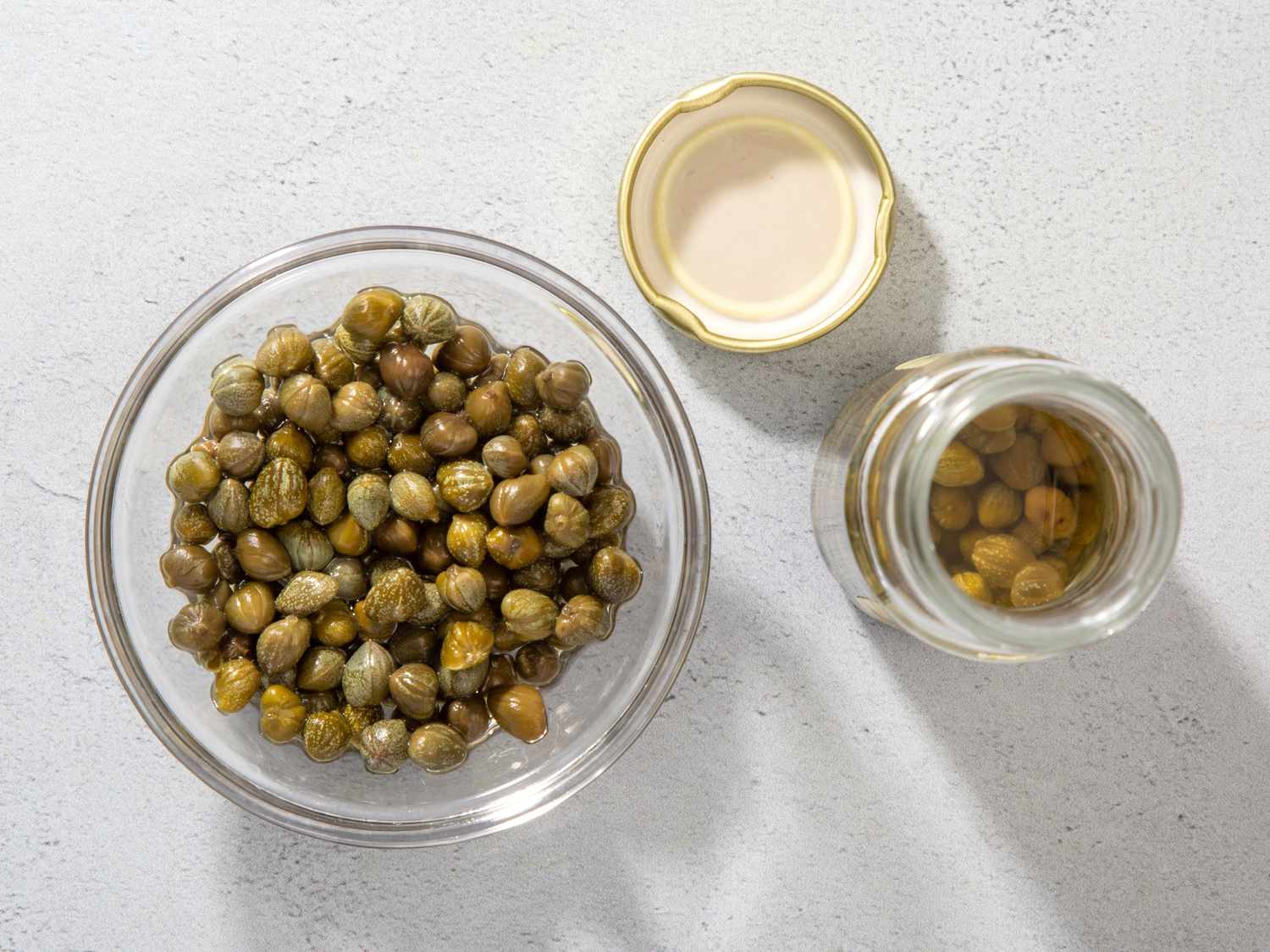
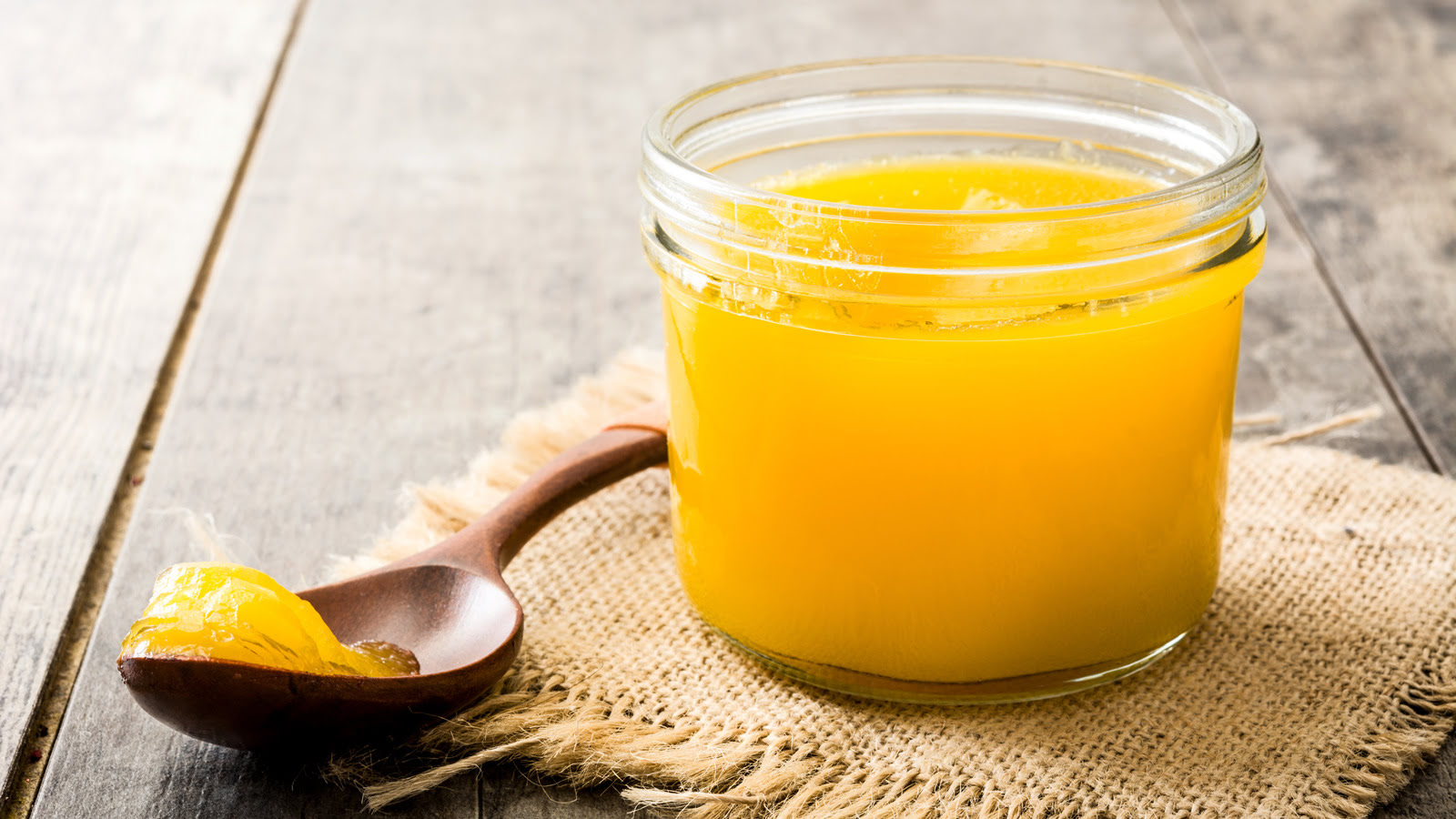
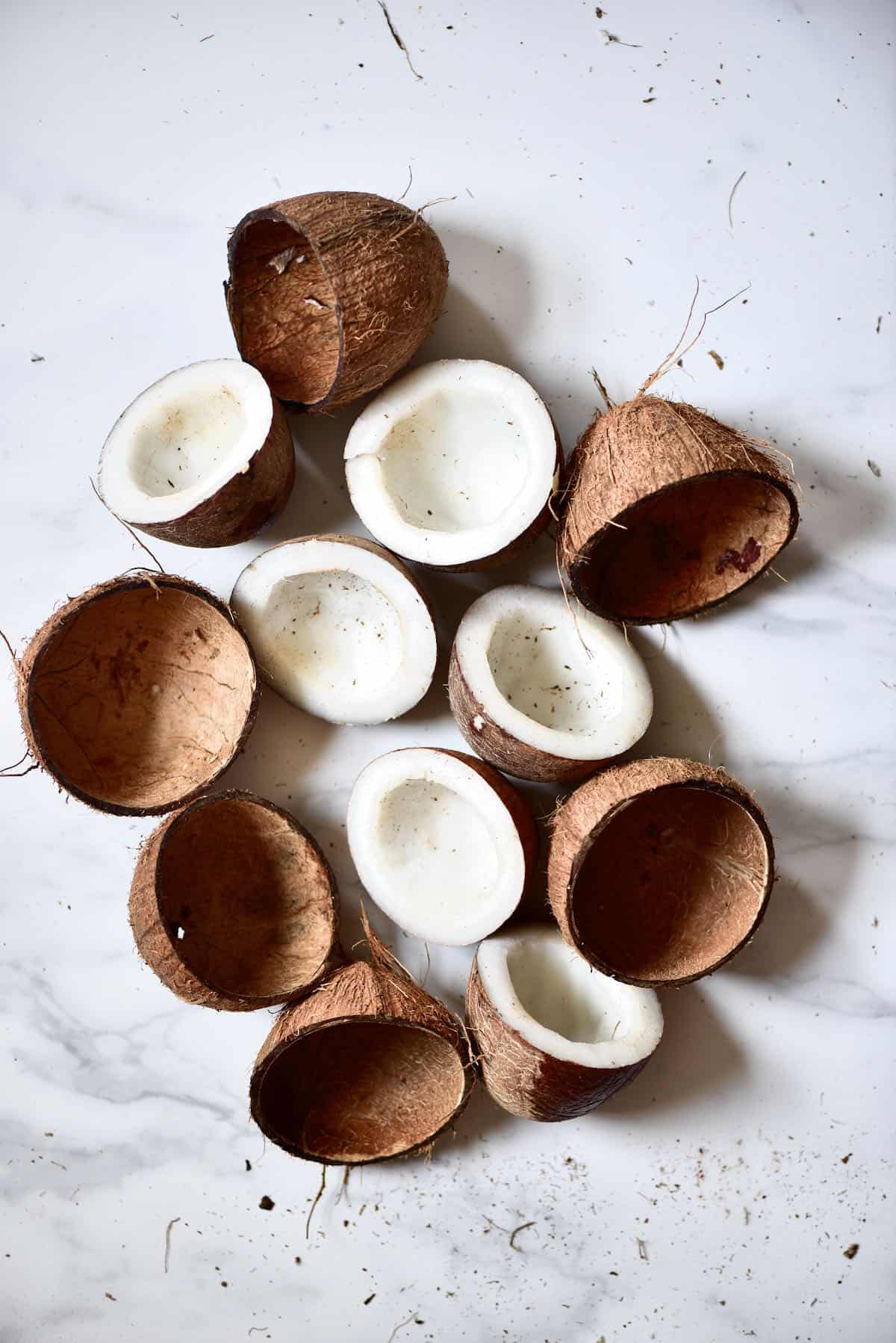


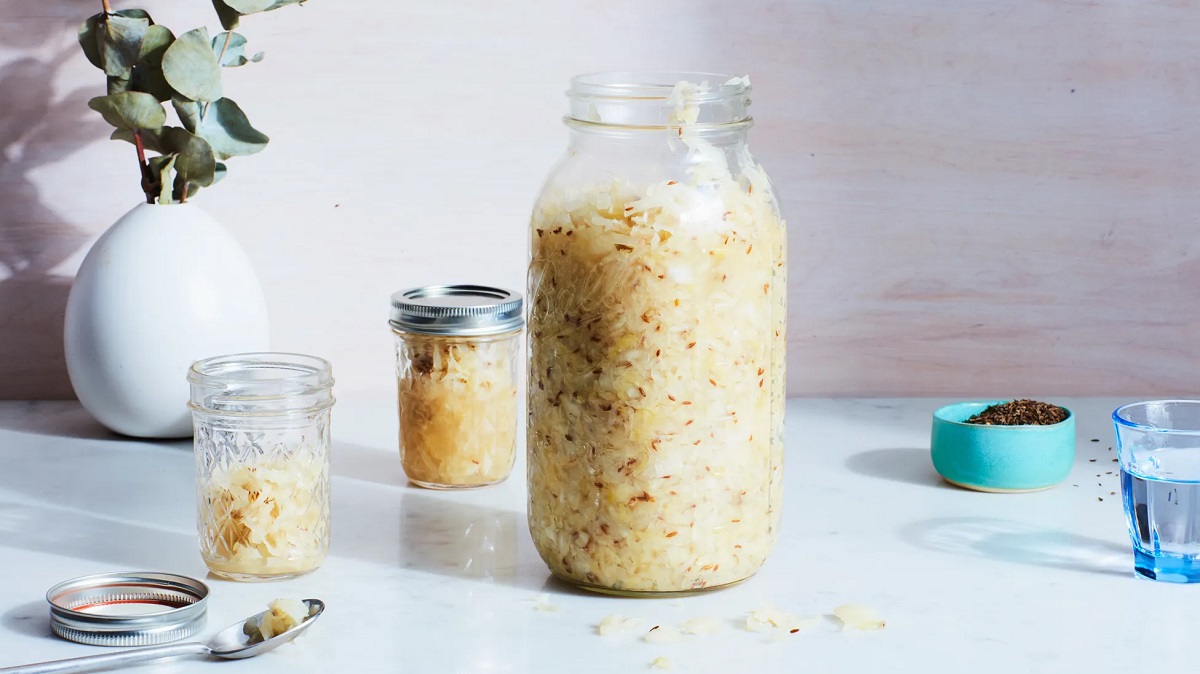
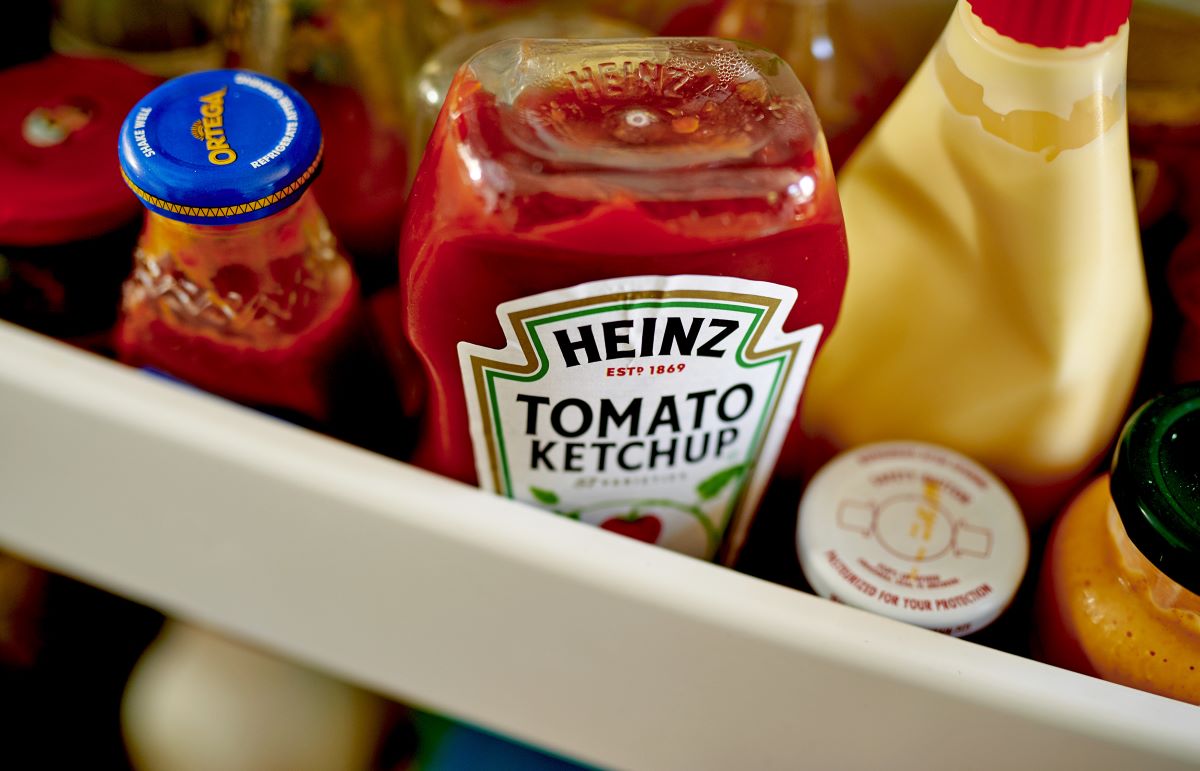
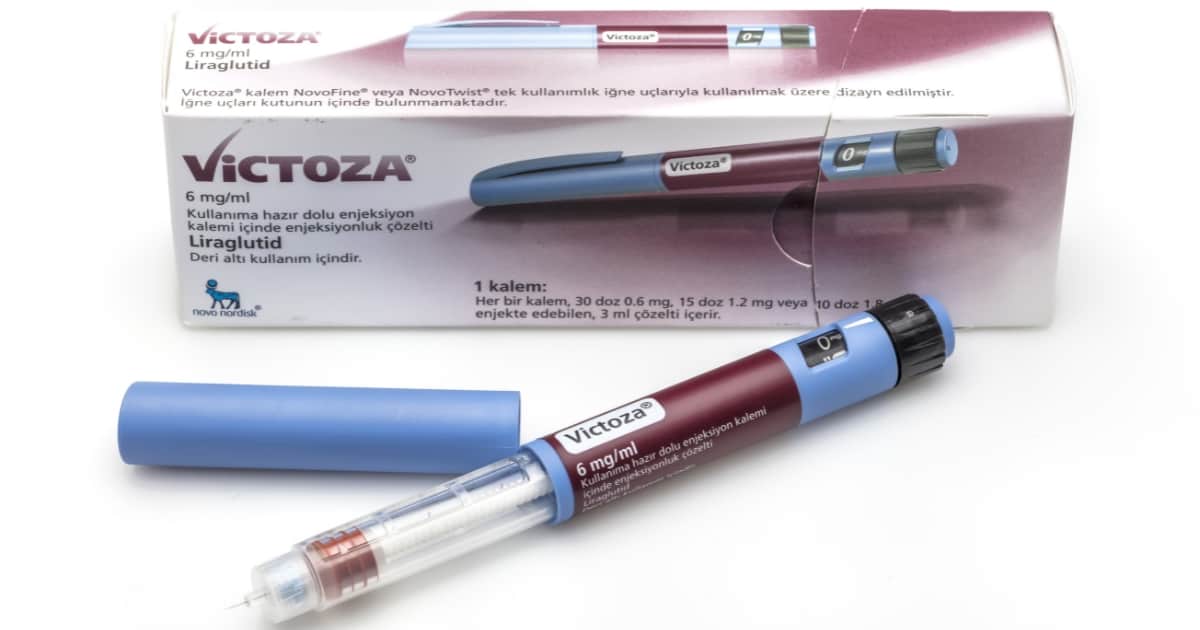
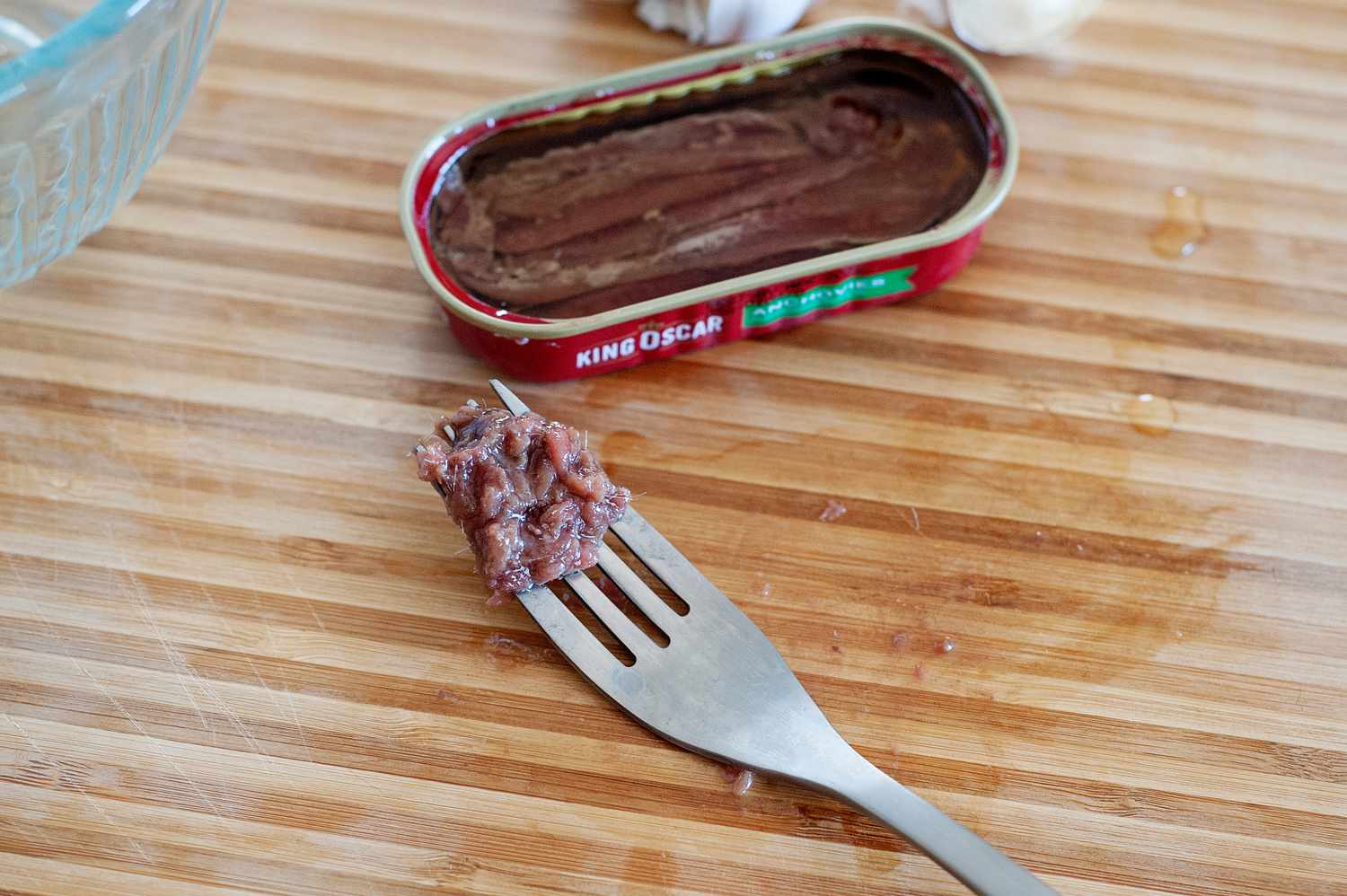
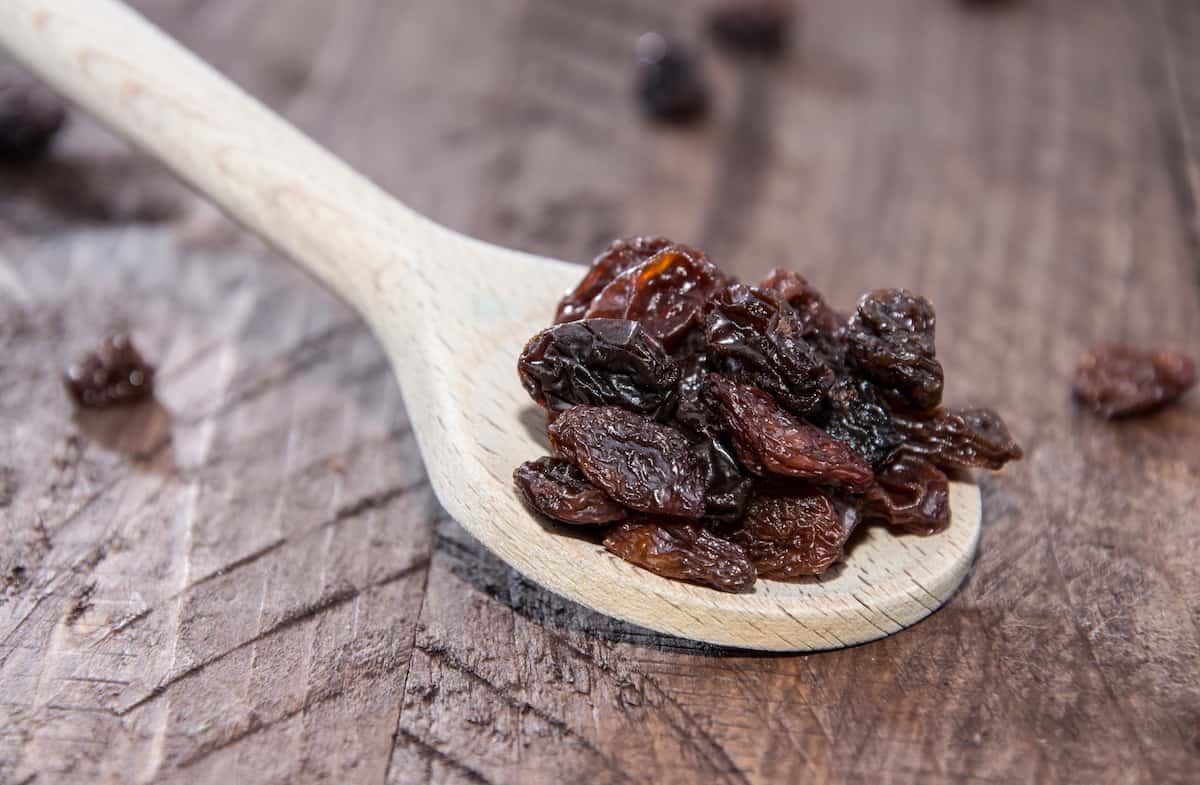

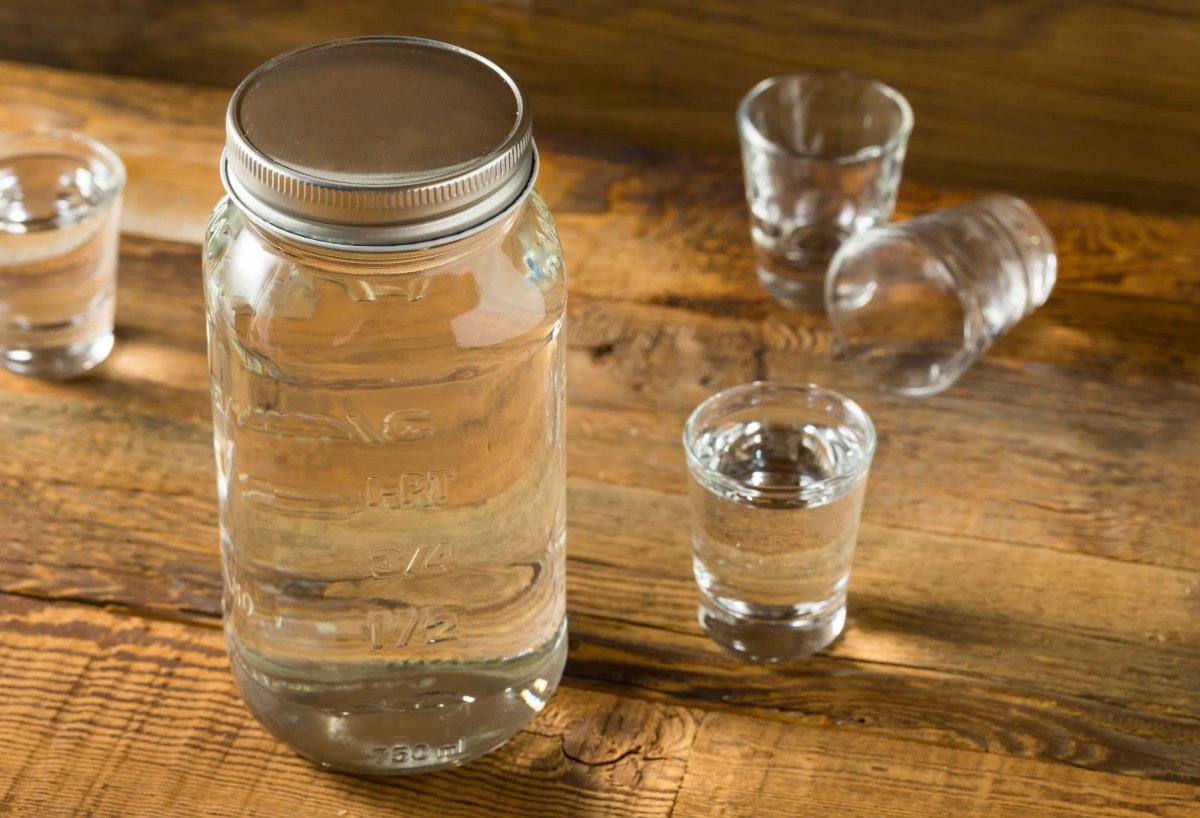


0 thoughts on “How To Store Honey After Opening”